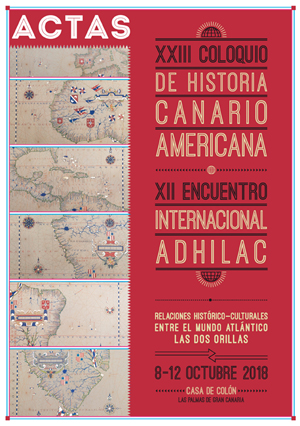La bruja. Mirada trasatlántica a las mujeres a través de un arquetipo y una canción / The witch transatlantic look at women through an archetype and a song
Resumen
En esta comunicación se propondrán diferentes interpretaciones históricas del arquetipo femenino la bruja. De manera general, revisaremos la figura de la hechicera Sycorax (personaje de La Tempestad de Shakespeare) como respuesta feminista al discurso decolonial y su símbolo de Calibán. Desde esta perspectiva seguimos la tesis de Silvia Federici que afirma que la persecución de brujas, tanto en Europa como en el Nuevo Mundo, fue pieza clave para el desarrollo del capitalismo. Ya en el ámbito mexicano, particularmente jarocho, presentaremos a la bruja como sacerdotisa, líder de las resistencias anticoloniales, curandera o experta en hechizos amatorios. Estos imaginarios femeninos de los siglos XVI al XVIII se recogen en el son jarocho La Bruja.
In this paper, different historical interpretations of the female archetype of the witch will be proposed. In general, we will review the figure of the sorceress Sycorax (character of Shakespeare's Tempest) as a feminist response to the decolonial discourse and its symbol of Caliban. From this perspective we follow the thesis of Silvia Federici who affirms that the persecution of witches, both in Europe and in the New World, was a key piece for the development of capitalism. Already in the Mexican sphere, particularly in the Sotavento region, we will present the witch as priestess, leader of anti-colonial resistances, medicine woman or expert in love spells. These feminine imaginaries of the XVI to XVIII centuries are collected in the son jarocho La Bruja.




